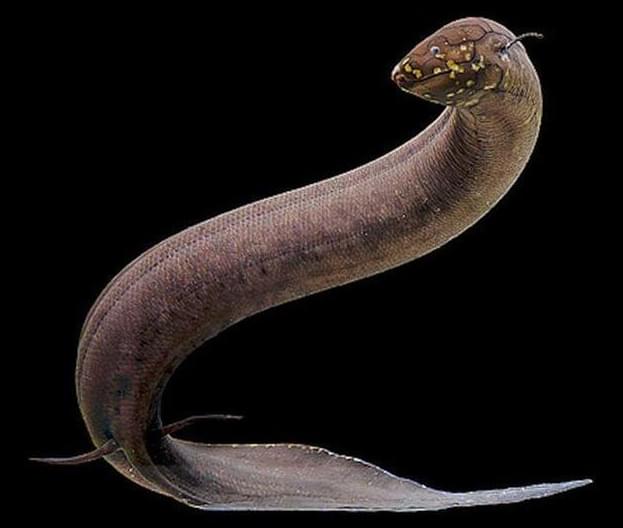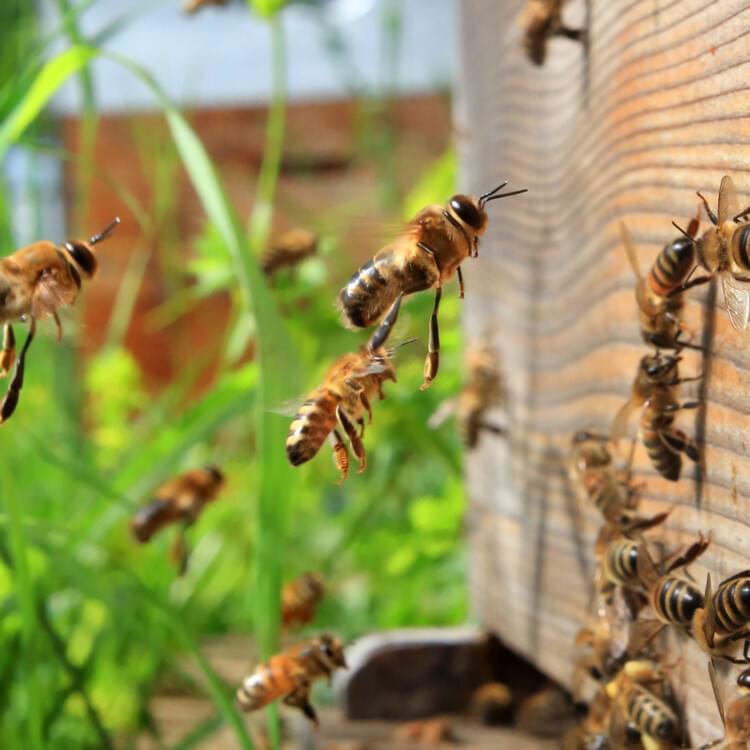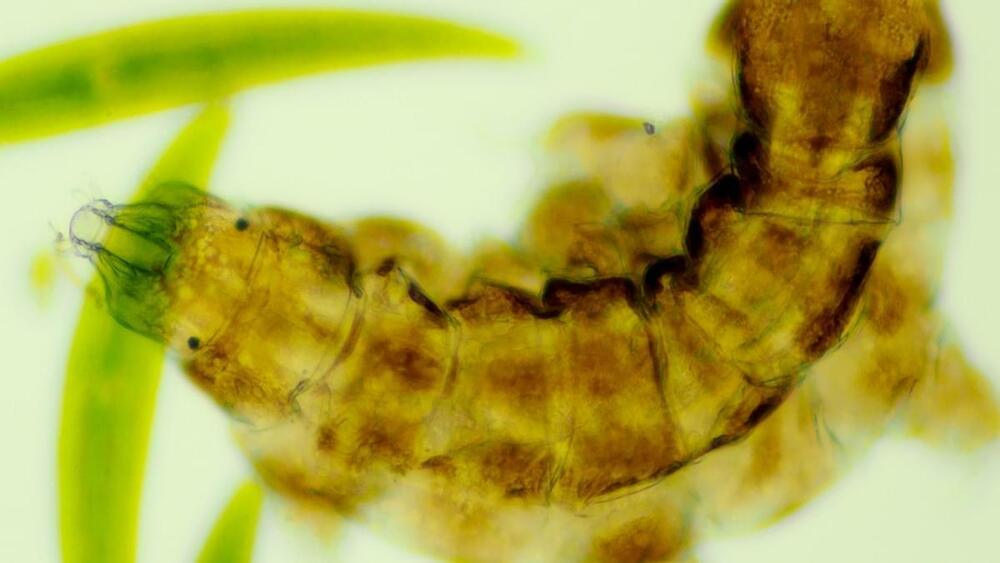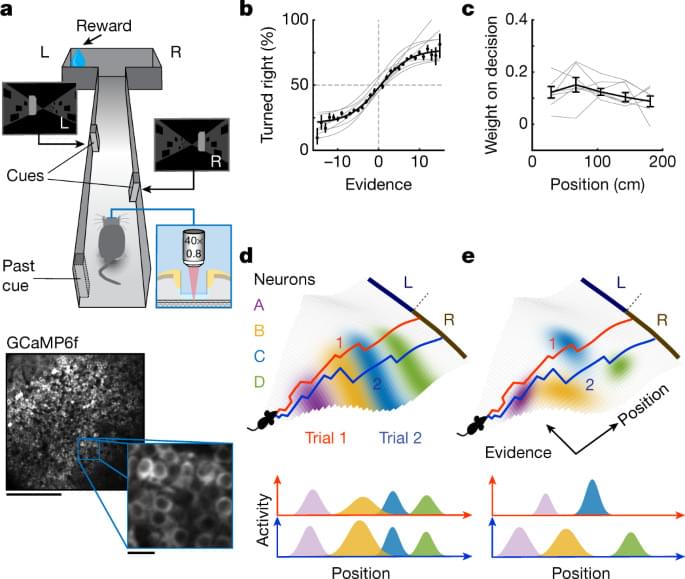Aug 17, 2024
Scientists propose theory to resolve time travel paradox and make time travel possible
Posted by Shubham Ghosh Roy in categories: mathematics, physics, space, time travel
A new theory suggests time travel might be possible without creating paradoxes.
TL;DR:
A physics student from the University of Queensland, Germain Tobar, has developed a groundbreaking theory that could make time travel possible without creating paradoxes. Tobar’s calculations suggest that space-time can adjust itself to avoid inconsistencies, meaning that even if a time traveler were to change the past, the universe would correct itself to prevent any disruptions to the timeline. This theory offers a new perspective on time loops and free will, aligning with Einstein’s predictions. While the math is sound, actual time travel remains a distant possibility.

















